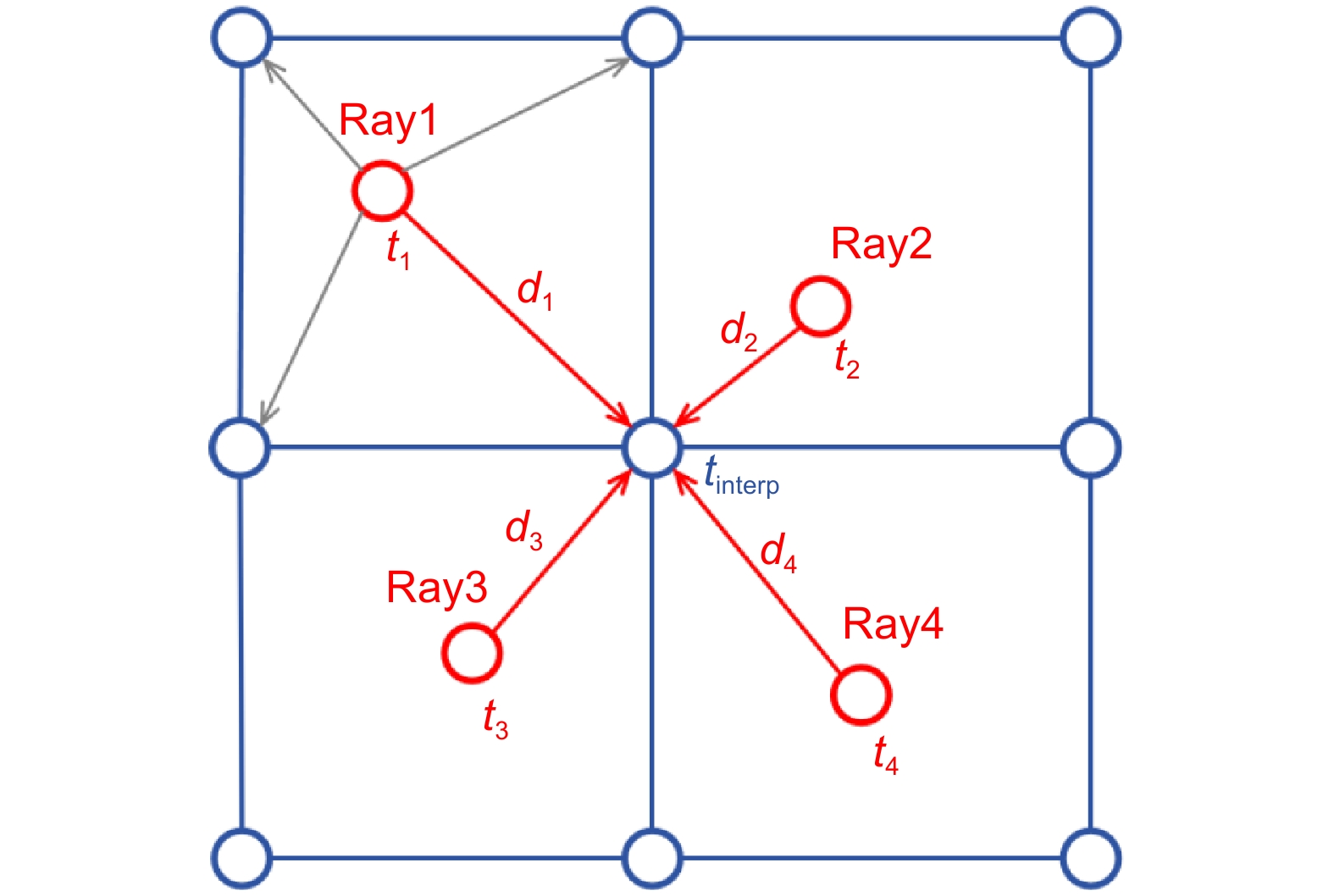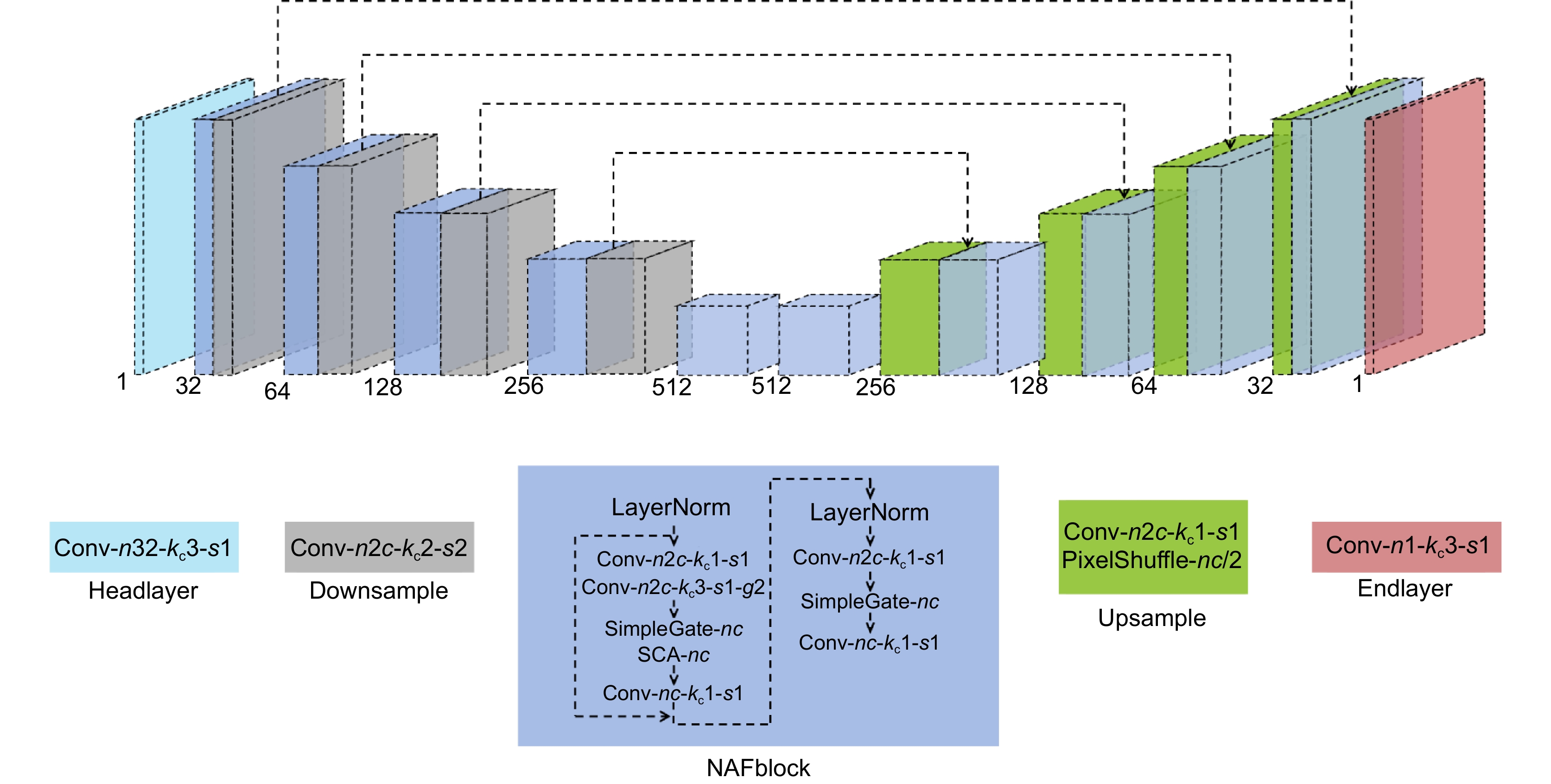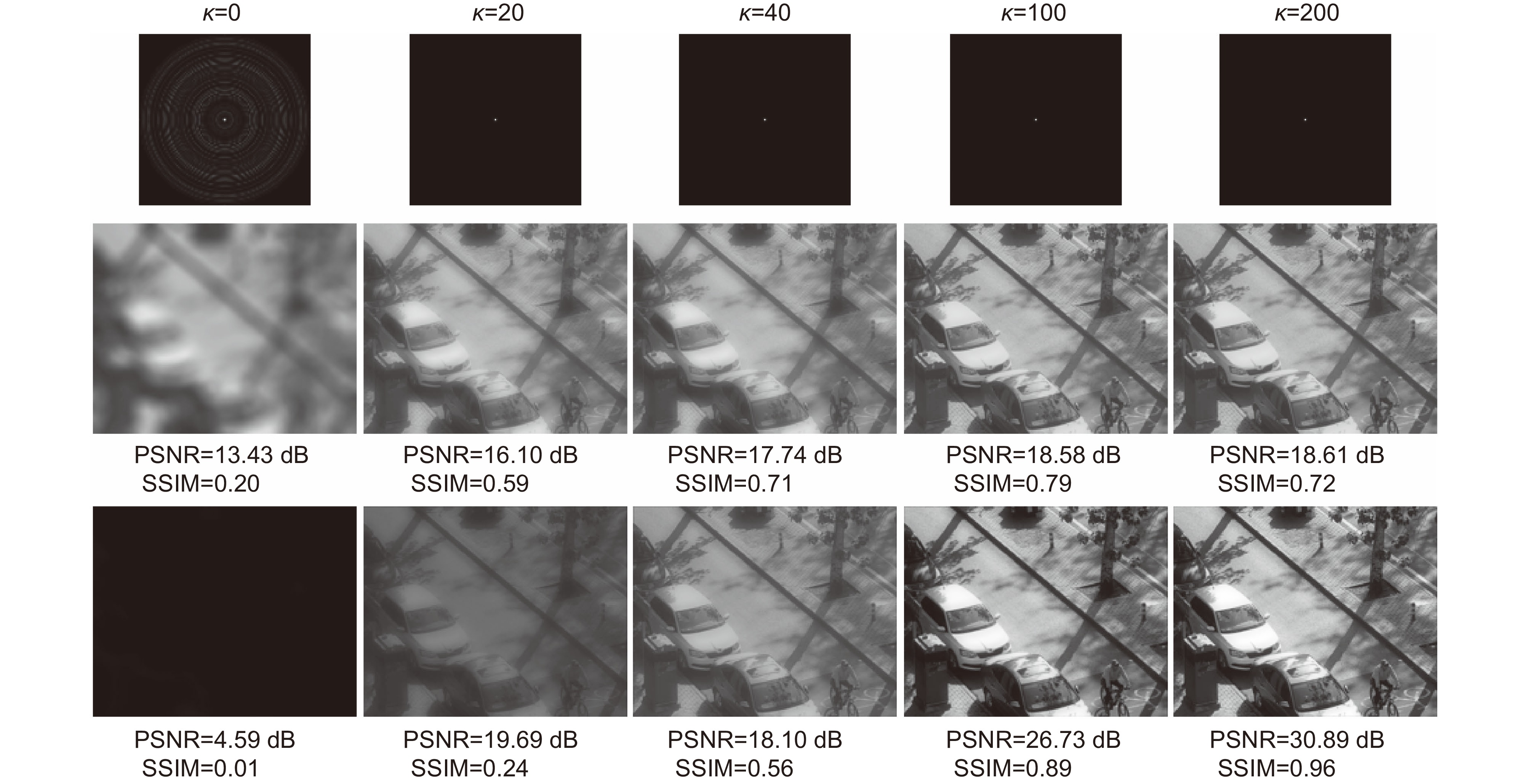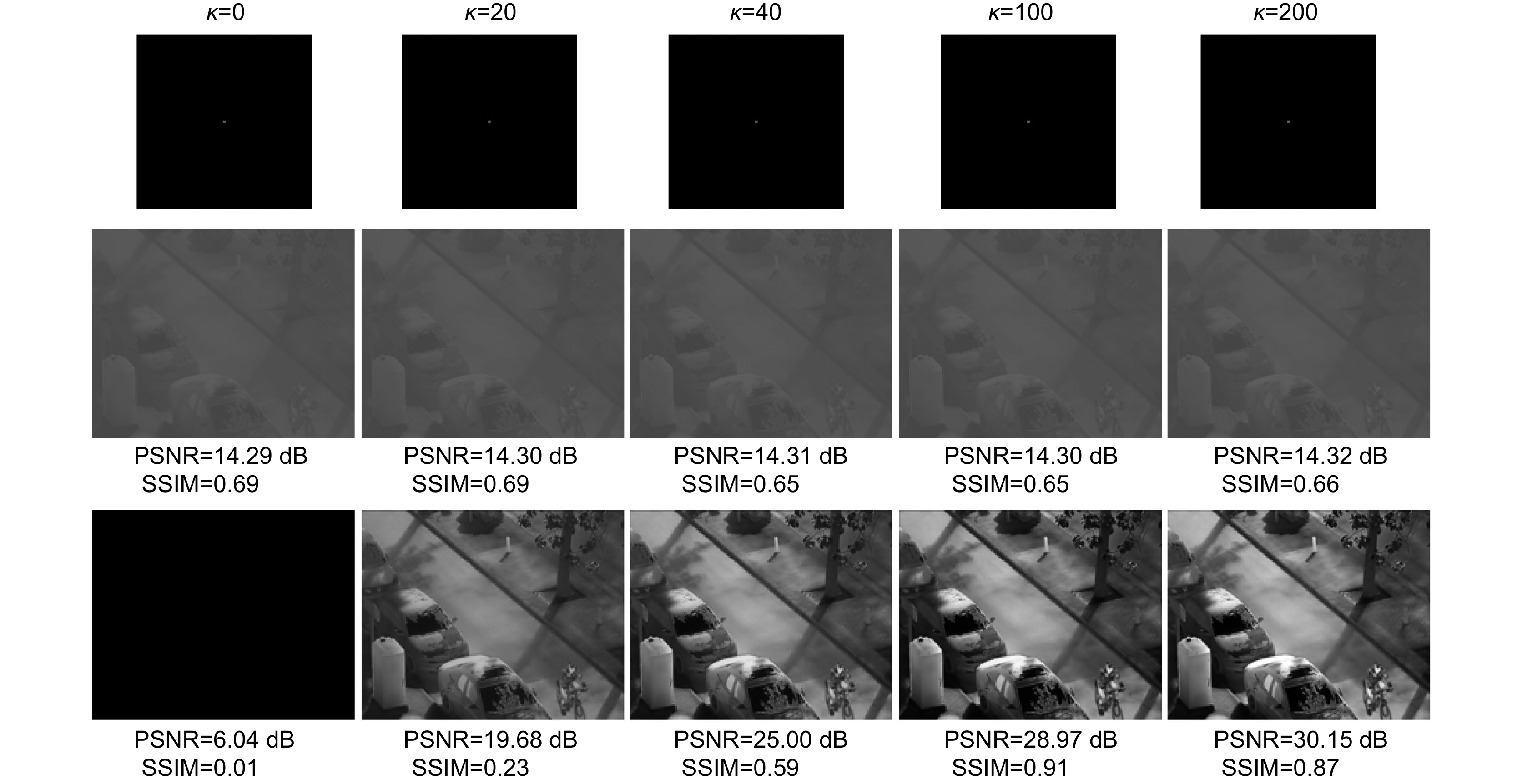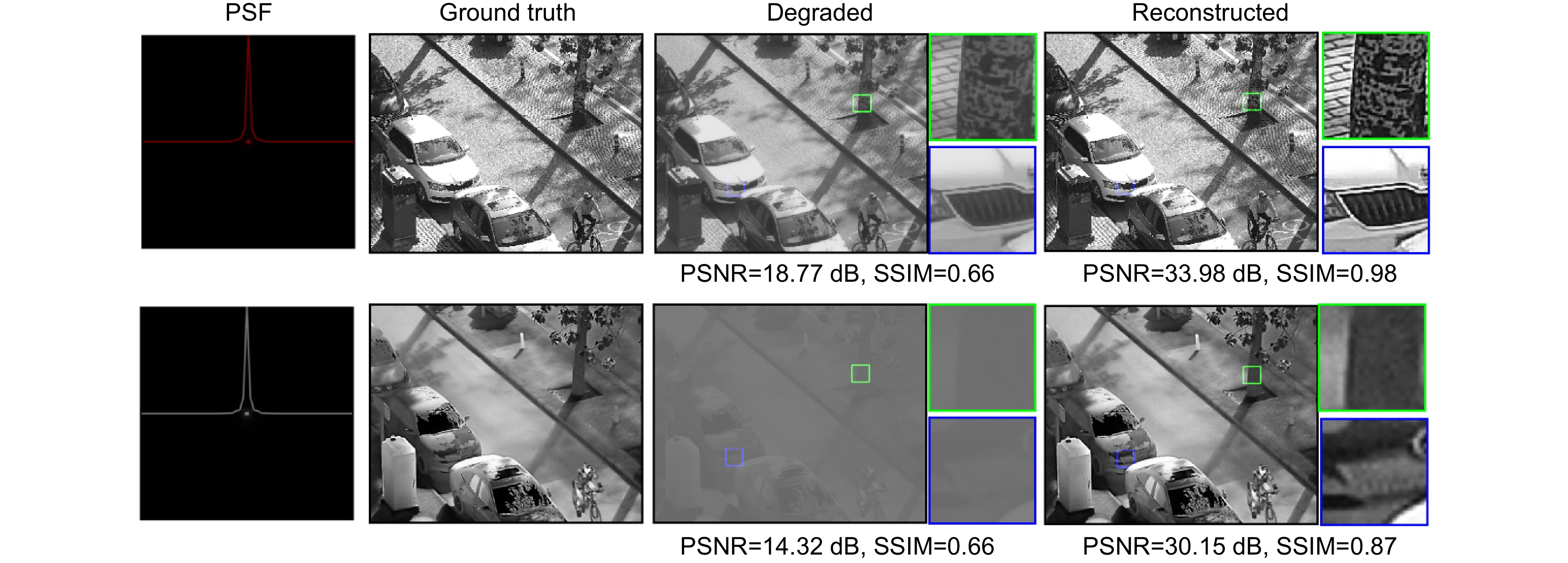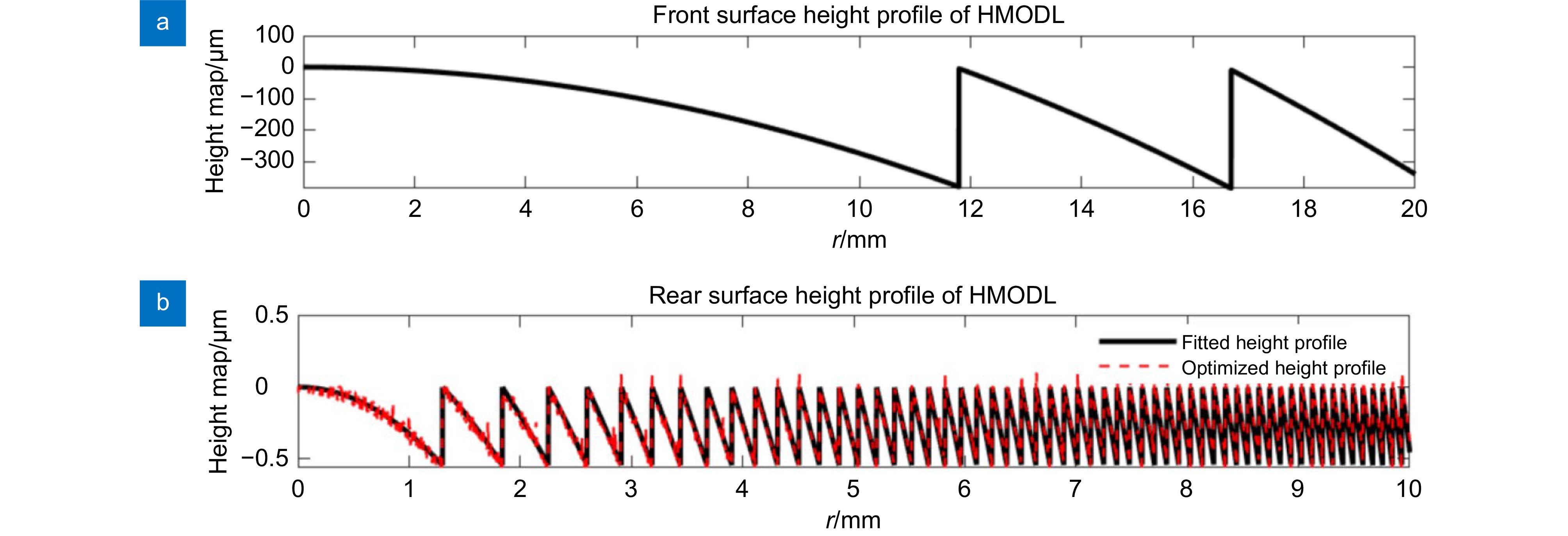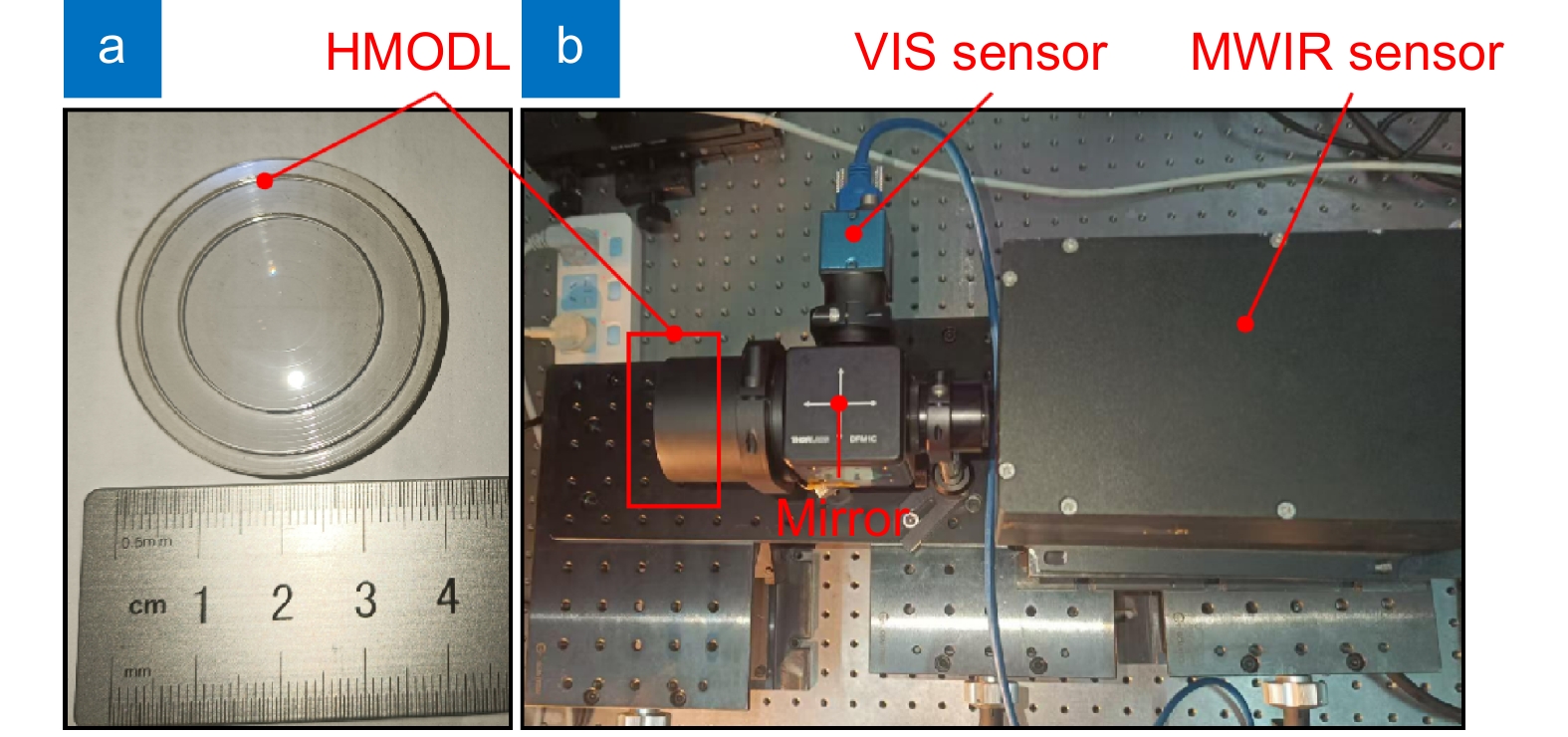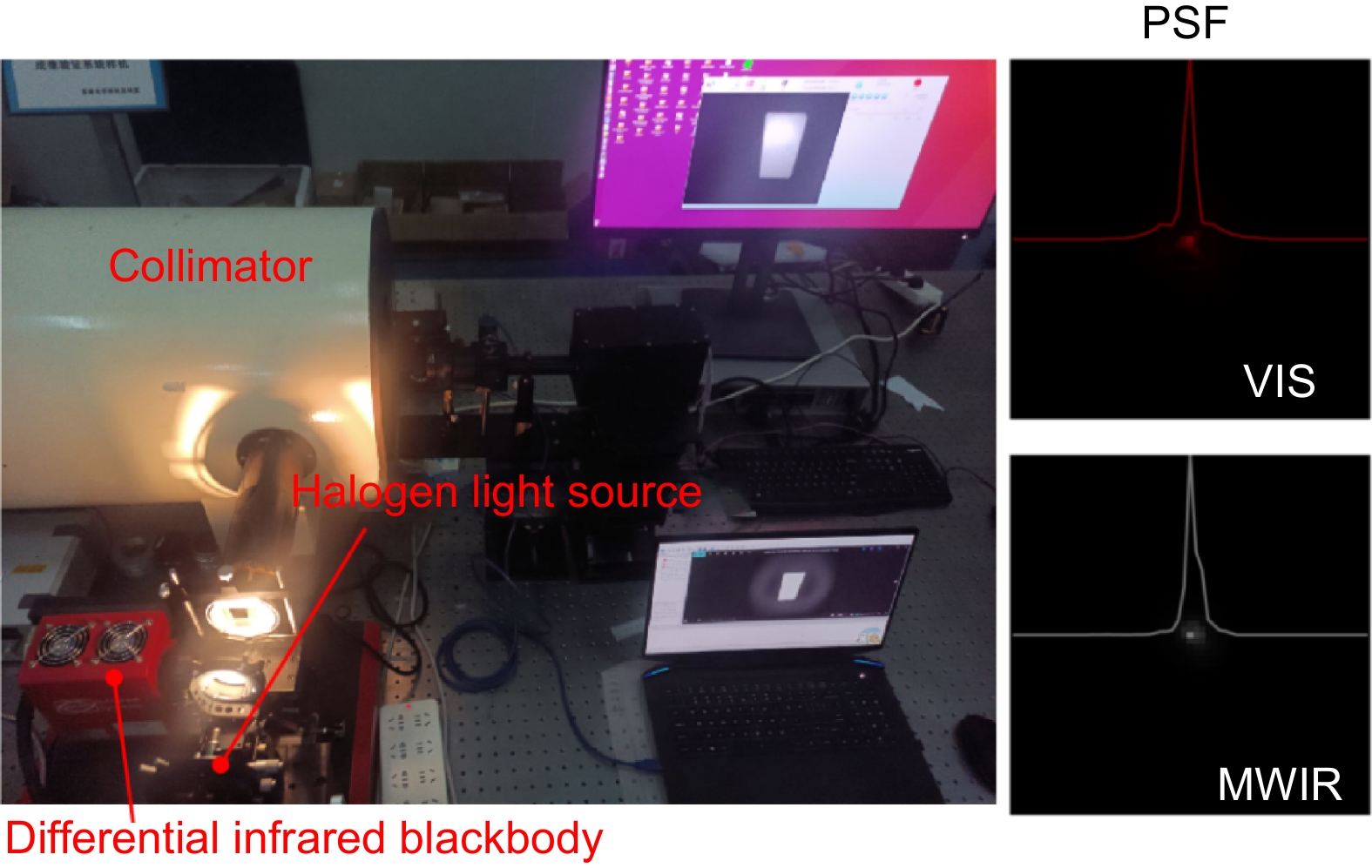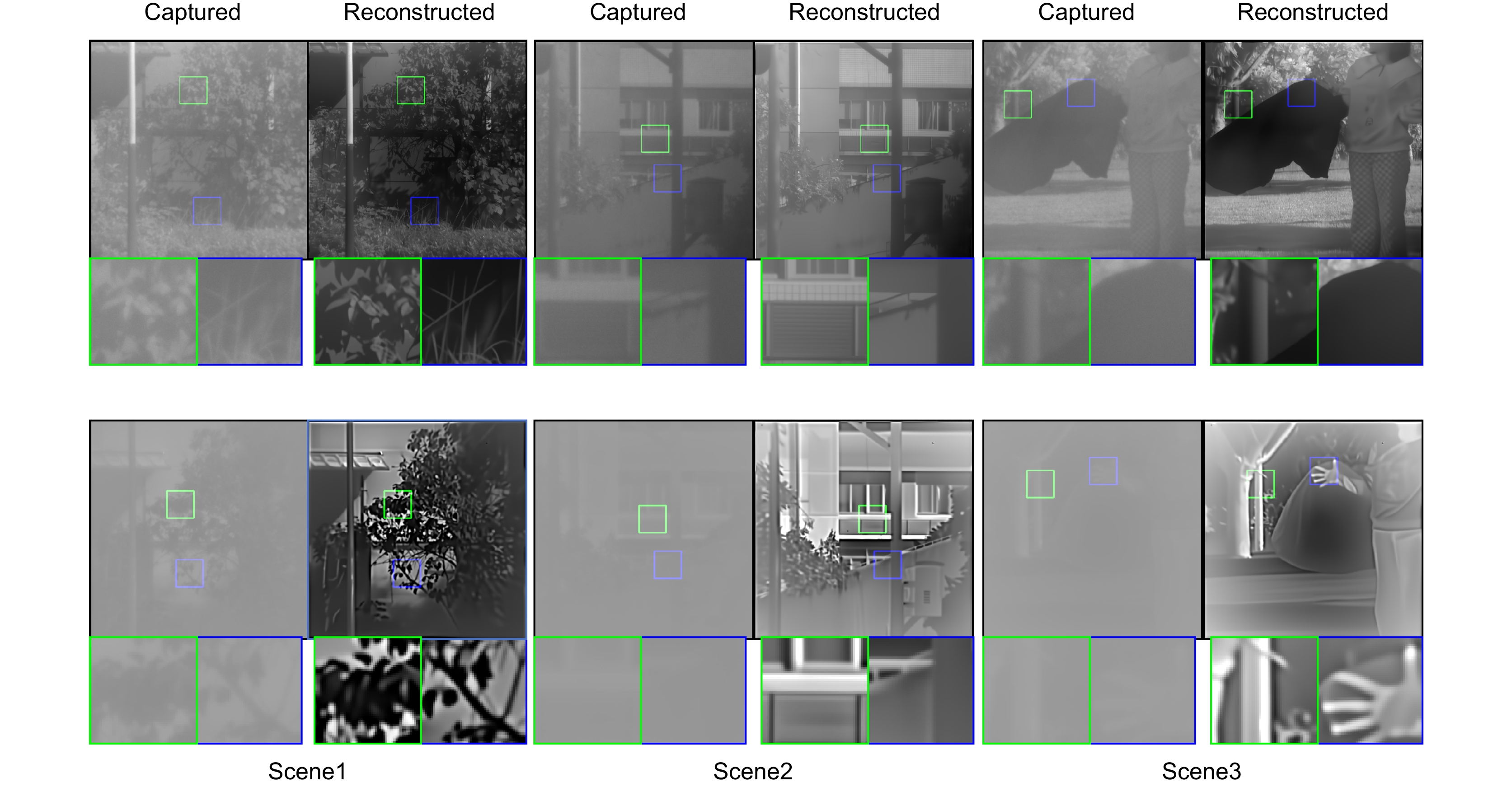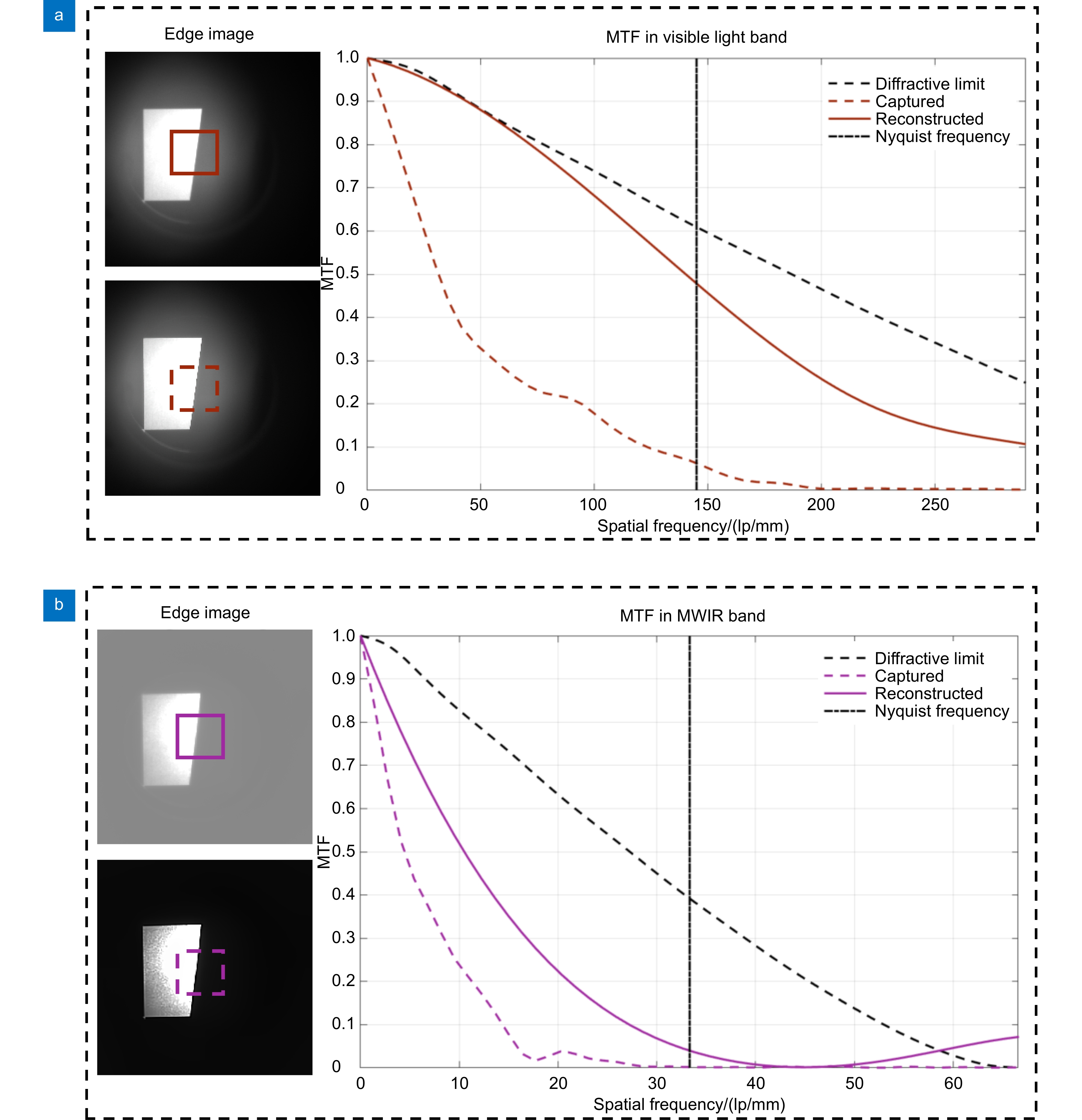Theoretical and experimental study on end-to-end hybrid multi-order diffractive lens design
-
摘要
提出一种支持可见光与中波红外(MWIR)双波段计算成像的混合多阶衍射透镜设计。通过在同一基底的前后两面上应用不同深度的衍射结构,并利用端到端优化框架对这些结构参数进行优化,成功开发出一种能够在640~800 nm可见光波段和3700~4700 nm MWIR波段实现高效聚焦的衍射器件。结合专门设计的图像重建网络,实现单片式双波段计算成像系统,具备结构简单、轻量化及低成本等优势。实验结果显示,直径为40 mm的原型样机分别在可见光波段和MWIR波段的静态传函达到50.0%和4.4%;在室温条件下,红外波段噪声等效温差不超过80 mK,验证该设计方案的有效性和实用性。
Abstract
This paper presents a hybrid multi-order diffractive lens that supports dual-band computational imaging in both visible and mid-wave infrared (MWIR) bands. By applying diffraction structures of varying depths on both sides of the same substrate and optimizing these structural parameters using the end-to-end optimization framework, we successfully developed a diffractive element capable of efficient focusing in the visible light band (640~800 nm) and the MWIR band (3700~4700 nm). Coupled with a specially designed image reconstruction network, this approach realizes a monolithic dual-band computational imaging system with simplicity, lightweight construction, and low cost. Experimental results show that the prototype with a diameter of 40 mm achieves static modulation transfer functions of 50.0% in the visible light band and 4.4% in the MWIR band. Under room temperature conditions, the noise equivalent temperature difference in the infrared band does not exceed 80 mK, confirming the effectiveness and practicality of the proposed design.
-
Overview
Overview: High-speed maneuvering platforms increasingly demand multi-band detection and lightweight electro-optical payloads. Addressing these needs, this paper introduces a novel hybrid multi-order diffractive lens (HMODL) design coupled with an advanced image reconstruction network. To the best of our knowledge, this is the first demonstration of achieving dual-band imaging (640-800 nm visible spectrum and 3700-4700 nm mid-wave infrared spectrum) using a single diffractive element. This breakthrough significantly reduces the size, weight, and complexity of optical systems required for such applications.
The HMODL design utilizes a dual-layer diffraction structure formed by the front and rear surfaces, where different diffraction orders are employed to focus light waves in each layer. This innovative approach provides high operability and flexibility, making it especially suitable for operation over a wide wavelength range. The dual-layer configuration enables efficient and simultaneous focusing of light across both visible and infrared bands, overcoming previous limitations associated with single-band or bulky multi-element designs.
A key aspect of this work is the development of a Ray-Wave imaging model specifically tailored for analyzing non-thin or multi-layer diffractive elements. Under reasonable approximations, this model offers a fast and accurate analytical method for deal with complex diffraction phenomena. It also facilitates the calculation of the point spread function (PSF), which is crucial for evaluating imaging performance. For rotationally symmetric models, the Kirchhoff diffraction integral can be efficiently computed through the optical path and intensity interpolation, enabling gradient calculations essential for end-to-end optimization frameworks.
Furthermore, we proposed a differentiable Ray-Wave model that enhances the accuracy and speed of simulations for multi-order diffractive lenses (MODLs). This model supports the optimization process by enabling precise gradient calculations, thereby improving the overall efficiency of the design and validation phases. By integrating this model into an end-to-end learning framework, the system autonomously learns optimal optical parameters without the need for extensive human expert guidance.
To validate our approach, we fabricated a prototype HMODL with a 40 mm aperture, demonstrating impressive spatial resolutions of 124 lp/mm in the visible band and 12 lp/mm in the infrared band. Additionally, the prototype achieved an infrared noise equivalent temperature difference (NETD) ≤80 mK at room temperature, confirming its practical utility in real-world scenarios. These results highlight the potential of HMODLs for enhancing the capabilities of electro-optical systems in various applications, including surveillance, navigation, and scientific research.
-

-
图 3 使用各模型计算非球面和衍射面组合的实例。 (a)非球面和衍射面组合的透镜结构;(b)分别使用TEA、Zemax和所提出的Ray-Wave模型计算结果
Figure 3. Examples of calculating aspheric and diffractive surface combinations using various models. (a) Lens structure combining aspheric and diffractive surfaces; (b) Calculation results using TEA, Zemax, and the proposed ray-wave model, respectively
图 19 室内条件下原型样机在可见光和红外波段下的MTF。 (a) HMODL在可见光波段重建前后的MTF曲线;(b) HMODL在MWIR波段重建前后的MTF曲线
Figure 19. MTF of prototype under indoor conditions in both visible and infrared bands. (a) MTF curves of HMODL before and after reconstruction in visible band; (b) MTF curves of HMODL before and after reconstruction in MWIR band
图 20 室外原型样机不同视场的MTF测试。(a)原型样机在室外拍摄的可见光波段棋盘格图像以及不同视场下复原前后的MTF曲线;(b)原型样机在室外拍摄的MWIR波段棋盘格图像以及不同视场下复原前后的MTF曲线
Figure 20. MTF tests of prototype at different fields of view outdoors. (a) Visible band checkerboard images taken by prototype outdoors and MTF curves before and after restoration at different fields of view; (b) MWIR band checkerboard images taken by prototype outdoors and MTF curves before and after restoration at different fields of view
表 1 HMODL的多阶衍射表面参数
Table 1. Parameters of multi-order diffractive surface for HMODL
j r/mm $ {a_{j,1}} $ $ {a_{j,2}} $ $ {\textit{z}}of{f_j} $ 1 7.6000 2.7410×10−3 −9.068×10−9 −9.176×10−9 2 10.7400 2.738×10−3 −9.076×10−9 −0.3759 3 13.1500 2.735×10−3 −9.077×10−9 −0.7518 -
参考文献
[1] 王玲, 刘博, 吴城, 等. 基于衍射透镜接收的激光雷达特性分析及测试[J]. 光电工程, 2024, 51(3): 240032. doi: 10.12086/oee.2024.240032
Wang L, Liu B, Wu C, et al. Characteristics analysis and test of LiDAR based on diffraction lens receiving[J]. Opto-Electron Eng, 2024, 51(3): 240032. doi: 10.12086/oee.2024.240032
[2] Park K W, Han J Y, Bae J, et al. Novel compact dual-band LOROP camera with telecentricity[J]. Opt Express, 2012, 20(10): 10921−10932. doi: 10.1364/OE.20.010921
[3] Li R C, Feng L J, Xu K J, et al. Optical design of an integrated imaging system of optical camera and synthetic aperture radar[J]. Opt Express, 2021, 29(22): 36796−36812. doi: 10.1364/OE.438979
[4] Li R C, Zou G Y, Feng L J, et al. Design of a dual-band compact integrated remote sensing system for visible light and long-wave infrared[J]. Appl Sci, 2021, 11(20): 9370. doi: 10.3390/app11209370
[5] Guo Y L, Yu X, Yu T, et al. Design of visible and IR infrared dual-band common-path telescope system[J]. Proc SPIE, 2017, 10616: 1061613. doi: 10.1117/12.2294590
[6] Pinilla S, Fröch J E, Miri Rostami S R, et al. Miniature color camera via flat hybrid meta-optics[J]. Sci Adv, 2023, 9(21): eadg7297. doi: 10.1126/sciadv.adg7297
[7] Bayati E, Pestourie R, Colburn S, et al. Inverse designed extended depth of focus meta-optics for broadband imaging in the visible[J]. Nanophotonics, 2022, 11(11): 2531−2540. doi: 10.1515/nanoph-2021-0431
[8] Jeon D S, Baek S H, Yi S, et al. Compact snapshot hyperspectral imaging with diffracted rotation[J]. ACM Trans Graph, 2019, 38(4): 117. doi: 10.1145/3306346.3322946
[9] Sun Q L, Wang C L, Fu Q, et al. End-to-end complex lens design with differentiate ray tracing[J]. ACM Trans Graph, 2021, 40(4): 71. doi: 10.1145/3450626.3459674
[10] Yang X G, Fu Q, Heidrich W. Curriculum learning for ab initio deep learned refractive optics[J]. Nat Commun, 2024, 15(1): 6572. doi: 10.1038/s41467-024-50835-7
[11] Yang X G, Souza M, Wang K Y, et al. End-to-end hybrid refractive-diffractive lens design with differentiable ray-wave model[C]//SIGGRAPH Asia 2024 Conference Papers, Tokyo, 2024: 47. https://doi.org/10.1145/3680528.3687640.
[12] Tseng E, Mosleh A, Mannan F, et al. Differentiable compound optics and processing pipeline optimization for end-to-end camera design[J]. ACM Trans Graph, 2021, 40(2): 18. doi: 10.1145/3446791
[13] Nikonorov A, Skidanov R, Fursov V, et al. Fresnel lens imaging with post-capture image processing[C]//Proceedings of the IEEE Conference on Computer Vision and Pattern Recognition Workshops, Boston, 2015: 33–41. https://doi.org/10.1109/CVPRW.2015.7301373.
[14] Peng Y F, Fu Q, Heide F, et al. The diffractive achromat full spectrum computational imaging with diffractive optics[C]//SIGGRAPH ASIA 2016 Virtual Reality Meets Physical Reality: Modelling and Simulating Virtual Humans and Environments, Macau, China, 2016: 4. https://doi.org/10.1145/2992138.2992145.
[15] Peng Y F, Sun Q L, Dun X, et al. Learned large field-of-view imaging with thin-plate optics[J]. ACM Trans Graph, 2019, 38(6): 219. doi: 10.1145/3355089.3356526
[16] Sitzmann V, Diamond S, Peng Y F, et al. End-to-end optimization of optics and image processing for achromatic extended depth of field and super-resolution imaging[J]. ACM Trans Graph, 2018, 37(4): 114. doi: 10.1145/3197517.3201333
[17] Akpinar U, Sahin E, Meem M, et al. Learning wavefront coding for extended depth of field imaging[J]. IEEE Trans Image Process, 2021, 30: 3307−3320. doi: 10.1109/TIP.2021.3060166
[18] Milster T D, Kim Y S, Wang Z C, et al. Multiple-order diffractive engineered surface lenses[J]. Appl Opt, 2020, 59(26): 7900−7906. doi: 10.1364/AO.394124
[19] Wang Z C, Kim Y, Milster T D. High-harmonic diffractive lens color compensation[J]. Appl Opt, 2021, 60(19): D73−D82. doi: 10.1364/AO.421032
[20] Zhang Q B, Yu Z Q, Wang M G, et al. Centimeter-scale achromatic hybrid metalens design: a new paradigm based on differentiable ray tracing in the visible spectrum[Z]. arXiv: 2404.03173, 2024. https://doi.org/10.48550/arXiv.2404.03173.
[21] Goodman J W. Introduction to Fourier optics[M]. 4th ed. USA: W. H. Freeman, 2017.
[22] Laborde V, Loicq J, Habraken S. Modeling infrared behavior of multilayer diffractive optical elements using Fourier optics[J]. Appl Opt, 2021, 60(7): 2037−2045. doi: 10.1364/AO.414082
[23] Chen L Y, Chu X J, Zhang X Y, et al. Simple baselines for image restoration[C]//17th European Conference on Computer Vision, Tel Aviv, 2022: 17–33. https://doi.org/10.1007/978-3-031-20071-7_2.
[24] Jia X Y, Zhu C, Li M Z, et al. LLVIP: a visible-infrared paired dataset for low-light vision[C]//Proceedings of the IEEE/CVF International Conference on Computer Vision, Montreal, 2021: 3489–3497. https://doi.org/10.1109/ICCVW54120.2021.00389.
[25] Mohammad N, Meem M, Shen B, et al. Broadband imaging with one planar diffractive lens[J]. Sci Rep, 2018, 8(1): 2799. doi: 10.1038/s41598-018-21169-4
-
访问统计

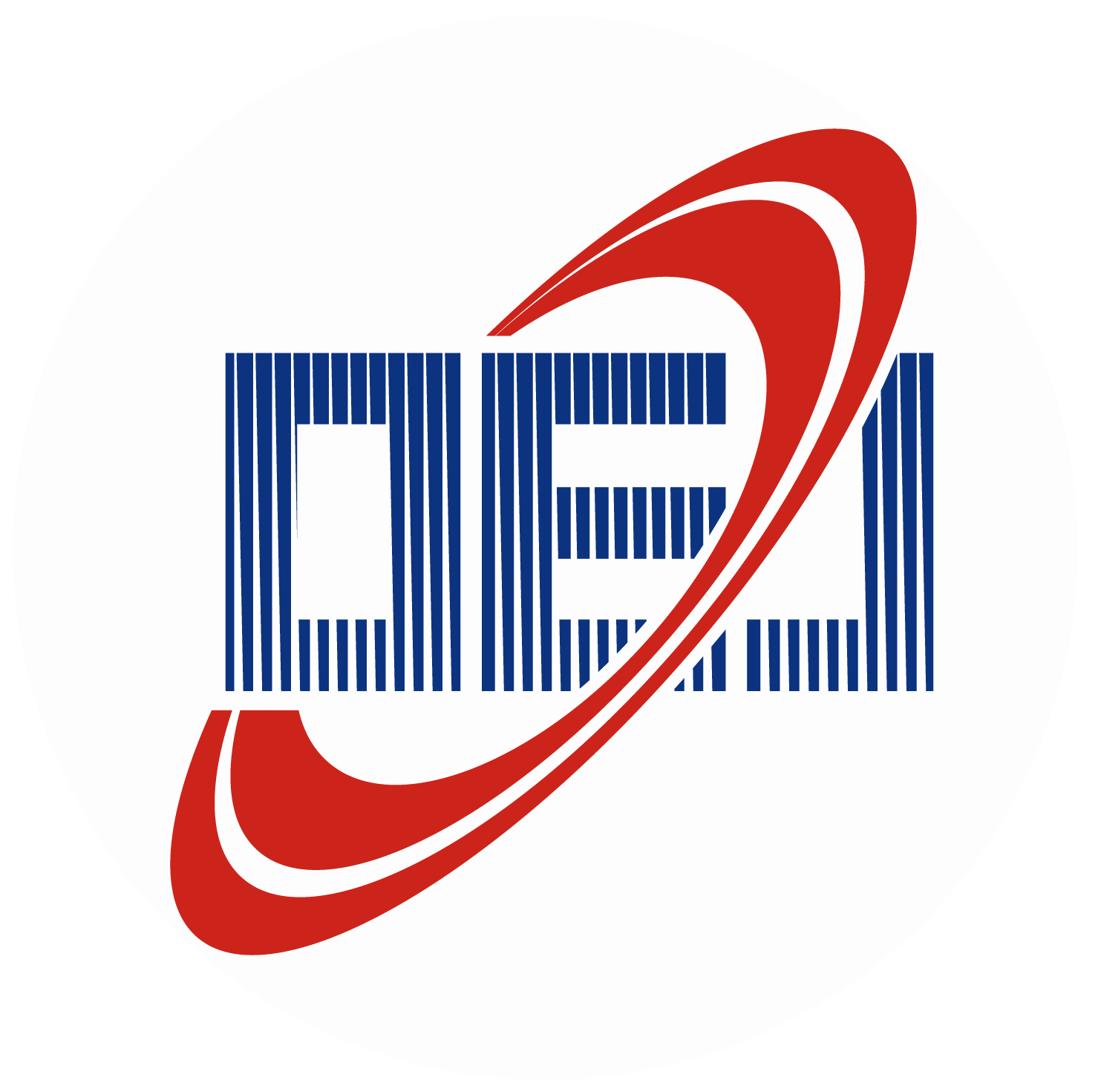
 E-mail Alert
E-mail Alert RSS
RSS

 下载:
下载:
